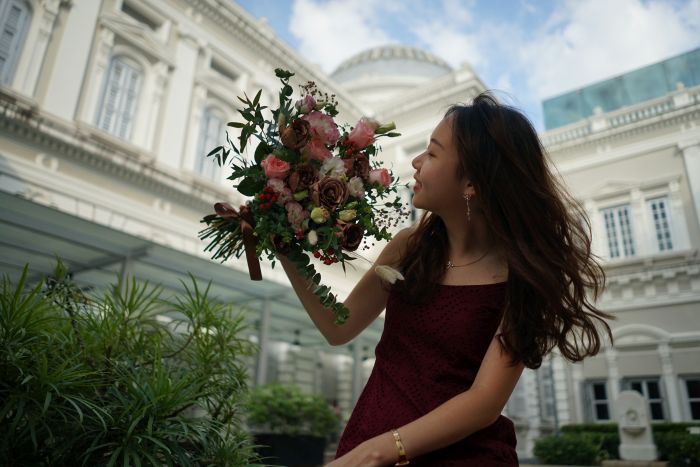Flower-gifting is a traditional form of gift-giving and this practice has spanned over thousands of years. Ancient Greeks, Romans, and the Chinese were the first known practitioners of the language of flowers. Various flowers make appearances in various art forms and some are highly-prized as regal objects. Today, flowers continue to play a prominent role in social exchanges, but the millennial consumer is slightly different from previous generations when it comes to the flower industry: the American Flower Endowment even proposed a different set of strategies to deal the different barriers Millennials have towards flower gifting.

Is the Millennial any different?
Even though it has been reported by multiple sources that flower-buying isn’t as popular as it used to be back in the day, it does not mean that Millennials do not appreciate flowers. Rather, the reason for making a flower delivery purchase have shifted over time – in Singapore and among Millennials, I have observed that people usually purchase flowers as gifts only during special occasions. Besides that, studies have shown that flower-gifting is still a pretty universal happiness-booster. A study conducted by Rutgers University concluded that as opposed to receiving other gifts, 100% of participants in the study—women across different ages and backgrounds — displayed a Duchenne Smile, which is what is referred to as a smile that involves the movement of the entire face such as the mouth, eyes, and cheeks when they receiving flowers. The Duchenne Smile is used as an indicator of genuine happiness. It seems that Millennial women don’t fare differently from other age groups when presented with flower bouquets.
Continue reading